Artist Interview:
8/31/2009
Dave Adey
Art-making has always married craft and concept but in the development of contemporary art method, the tradition of studying and mastering a specific trade or medium has been slowly replaced by the drive to explore new and unique ideas. At times, the conceptual nature of art in the 20th century and beyond can disregard the value of finely tuned and carefully practiced skills. The work of Dave Adey, who is unbound to any specific media, rests in an interesting realm of craft as he spends much of his studio time developing new processes necessary to manifest his ideas.
Between working in graphic design, teaching at Point Loma Nazarene University, and remodeling his own home Dave is an expert craftsman in many realms. He works exhaustively to create polished, well-built pieces using unique processes. Dave's expertise in odd and unknown systems remind us of an interesting aspect of humanity: our ability to develop detailed understandings and trained skills, both intentionally and unintentionally. The messages in Dave Adey's art are presented in meticulously and seamlessly crafted work that demonstrates a commitment to understanding surroundings through dedicated study and practice.
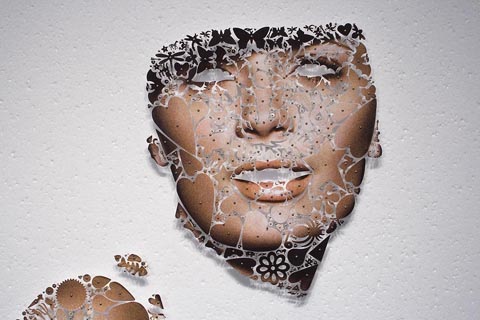
When did you step out of graphic design and what led you to make the decision?
I was a visual art major in undergrad and pursued graphic design initially just to get a job. I was surprised to find that I loved it and spent six years in the field full time. I always intended to continue making art but graphic design is a very demanding career and there just never seemed to be enough time or energy left over for art making. I was working for Mires+Ball here in San Diego and loved my job and the people I was working with, it was really a great time in my life. I think it was because I was very happy there that I was able to look into the future of my career and I couldn’t see how art was ever going to fit in if I continued down the road I was on and I couldn’t accept that. I decided to look into grad schools almost as a way out of full time design and back into art. I left Mires+Ball to go to Cranbrook in 2000. As much as I still love graphic design and still practice it on a limited basis, I can’t imagine ever going back to it full time and staring at a computer screen for 50 hours a week.
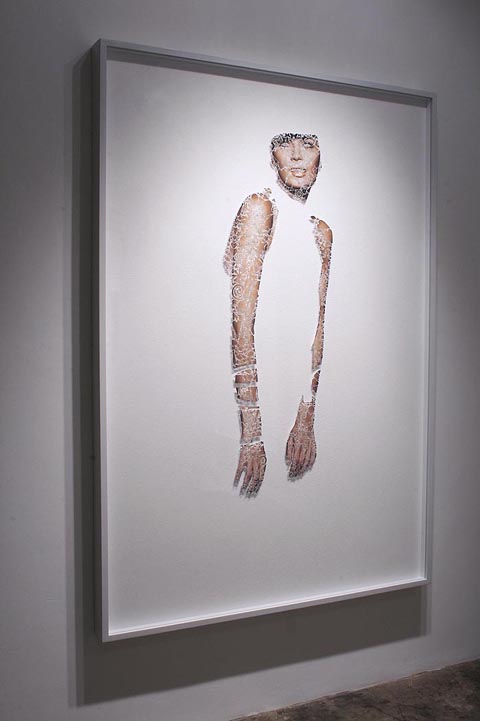
What have you done to establish your day-to-day life in a way that accommodates art making and what challenges does it present?
I’m on a 9 month contract at PLNU and I never teach summer school so I’m able to spend 3 months in the studio full-time. I continue working throughout the year, but the summer allows me to take on more ambitious projects and it tends to be the time where I can break new ground. During the academic year it slows down considerably and that can be frustrating at times. For the past 4 years or so I’ve forced myself to make art every day. It’s sort of survival mode for me when everything else gets overwhelming. On a good day I can carve out an hour or two in-between classes but on the busiest days it may only be a few minutes of jotting down an idea, or researching a new material, or even just trying to clear my head and think. It doesn’t matter how much time, as long as I do it. It keeps me sane to know I’m still moving forward, even if it’s at glacial speed. It also helps to have a bunch of work going at the same time. I usually have 7 or 8 pieces going all the time so there is always something to do. Momentum plays a big role. I’m too scared to stop now.
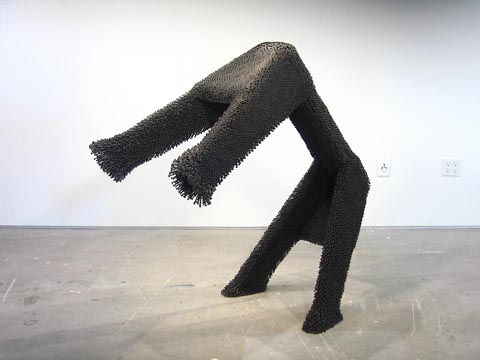

What compels you toward exploring the craft of work and developing processes toward a finished piece?
I love making and tinkering and figuring things out. I love developing new processes, learning new materials, making custom tools, trial and error and the satisfaction of finally getting it right. I love the process for the personal enjoyment and fulfillment of making, but I’m also well aware that process plays an important role in the content of all of my work. Process is particularly important in the craft punch pieces. The acts of collecting, extracting, dissecting, cutting, sorting, piercing, assembling, preserving and displaying are all extremely important components in the work.
How much do you work on art that does not make it to the public eye, and are there defining factors in what you decide to create for a show?
I’m always playing around with stuff in the studio and it can be pretty experimental in the early stages. I played around with craft punches for a couple of years before I figured out what I wanted to do with them and many of those early tests ended up in the trash. Sometimes I finish pieces that I’m not satisfied with enough to show, but it can be hard to let go when I’ve invested significant amounts of time and money. I usually need to keep them for a while until I get sick of looking at them and then it feels great to destroy them. I learn a lot from failed art. I recently filled up several trash cans with old failed art and it felt great.
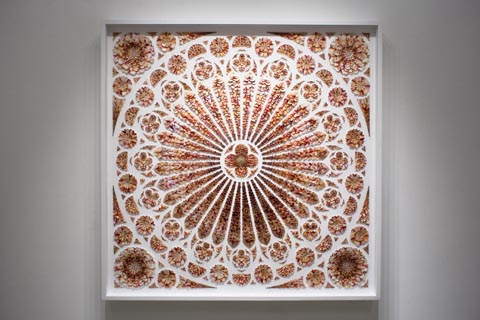
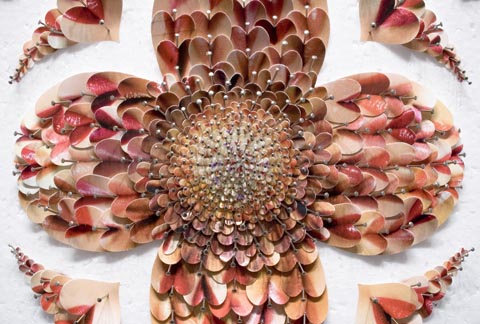
What's next?
I have a solo exhibition at The Athenaeum in La Jolla in February. I’m currently working on an installation piece for that show which will span the entire gallery. It’s visually very different from anything I’ve done in the past, but it’s conceptually tied to the body of work I’ve been working on for the past 8 years. After that who knows… I’m working on a video piece which is morphing into a more ambitious installation, several more image related pieces are underway and I’m playing around with some other new stuff in the studio.
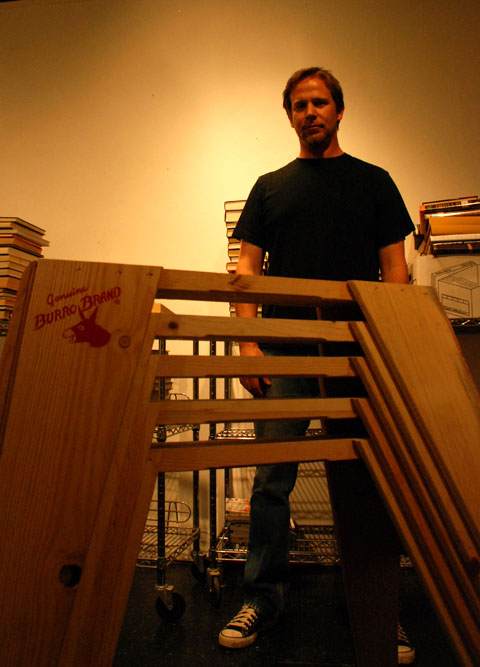
Dave will be commandeering the interactive element of November 5th's TNT, hosted by the Museum of Contemporary Art, San Diego. Attendees to the event can collaborate with Mr. Adey to create a large scale craft punch piece.